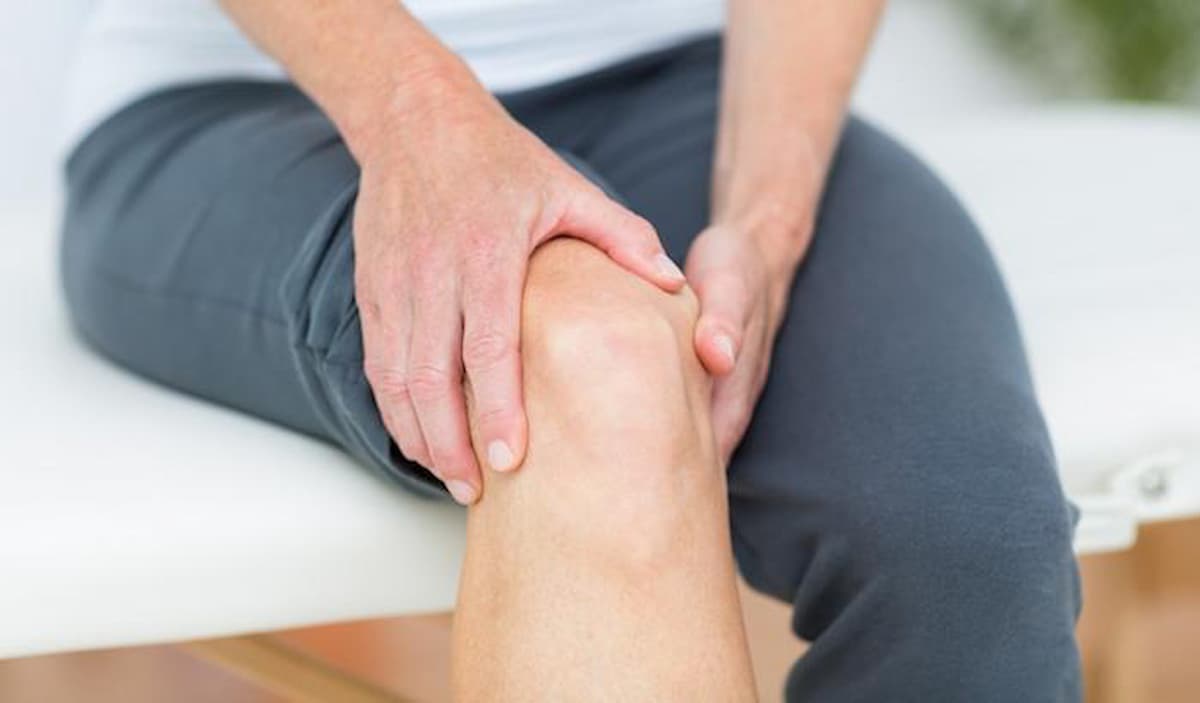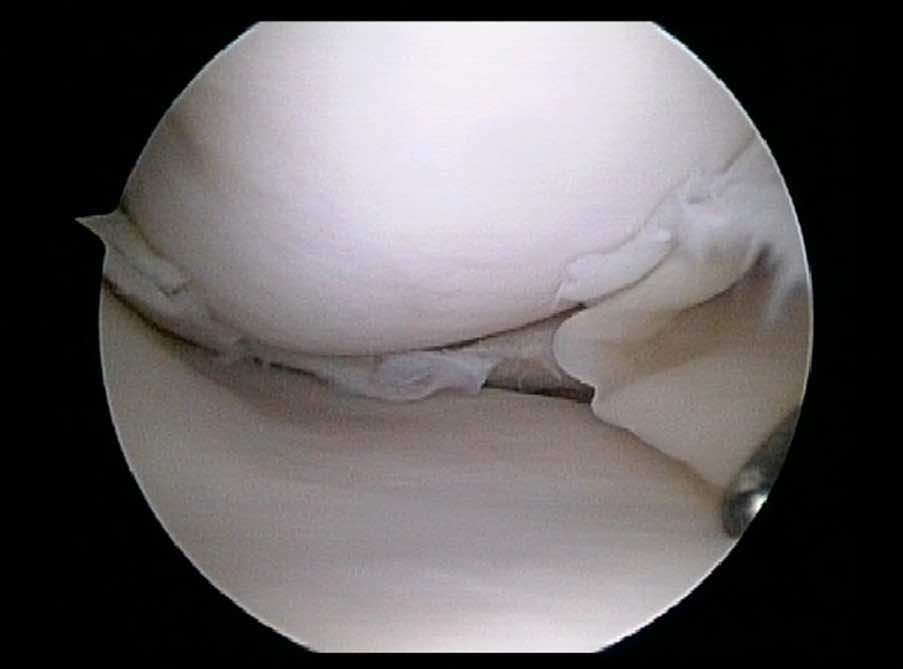Georgios Panagopoulos MD | Orthopaedic Surgeon

Table of contents
What is knee arthroscopy?
Knee arthroscopy is one of the most common and successful orthopaedic operations. It is a day procedure, with no need for an overnight stay. It essentially involves putting a camera into the joint and having a look around. Knee arthroscopy is made through 2 or 3 small 5mm incisions in the front of the knee. The camera, which is connected to a light source, is inserted through one of the holes and the joint is distended with normal saline. A second hole is used to insert special arthroscopic instruments. Most knee arthroscopies last 30 minutes, but this may vary based on case complexity.

What conditions are treated with knee arthroscopy?
Conditions treated with knee arthroscopy may involve:
- Meniscal Tears
- ACL Tears
- Joint infection - septic arthritis
- Loose bodies
- Repair of cartilage defects
- Kneecap instability problems

What happens before the procedure?
Before knee arthroscopy, you will typically undergo preoperative assessment. You will be asked about your health history in detail. You will be asked to bring along a full list of your medications. You may need to stop taking some of your medications a few days before surgery (especially blood thinners). Before the procedure, you may also need blood tests, a chest x-ray or an ECG (electrocardiogram), to make sure it’s safe to proceed with surgery. The anaesthetist will give you specific preoperative instructions, including how long before surgery to stop eating and drinking.
Admission to hospital - Anaesthesia
Almost all of the arthroscopic procedures that Dr. Panagopoulos performs are done under general anesthesia +/- regional nerve block on an outpatient basis. Since muscles and tendons are not cut during a knee scope, there is less postoperative pain, and the patient is able to recover faster. You may opt to go home the same day or stay overnight in the hospital, if you wish.
What happens during the procedure?
Knee arthroscopy may last from 20 minutes to 2 hours, depending on the complexity of the case. During knee arthroscopy you will lie in the supine position (on your back) and a tourniquet will be applied on your thigh. Your skin will be cleaned with an antiseptic solution. The surgeon will make a small incision (4mm) in the front of your knee and insert a small camera, called arthroscope, which will project images of your knee joint in a video screen. The arthroscope is essentially a slim telescope (4.5mm or 2.9mm) with a high-definition camera, surrounded by a fiber-optic tube that functions as a light source.



In order to see inside the joint and to undertake any procedures, the joint needs to be ‘opened’ up. This is done by distending the joint with normal saline fluid. A specialized pump is used to control the pressure and rate of fluid going into the joint, to optimize visualization. The surgeon will make one or two more small incisions in the front of your knee to insert tiny instruments in order to address all pathology found. Multiple arthroscopic instruments may be used during the procedure. These include probes, graspers, punches, rasps, elevators and suture cutters. Power instruments, such as shavers, or radiofrequency probes may also be used. Small implants may be used during the procedure. Suture-anchors are the most common implant used during arthroscopic knee surgery. A suture-anchor is essentially a small device made usually out of biocomposite material, loaded with sutures through a small eyelet. The anchor is placed flash with the bone and the suture is threaded through the tissue to repair. This allows the damaged tissue to be repaired, for example during a meniscal repair. The use of autograft is also common during knee arthroscopy. This is usually expendable tendon that can be harvested from elsewhere around your knee. Hamstrings, patellar or quadriceps are commonly used autografts. Once surgery is finished, all incisions will be closed, and a bandage will be placed on top. Your knee will be protected in a knee immobilizer after surgery.
What is recovery like after a knee arthroscopy?
Immobilization and recovery time depends on the underlying pathology and the type of procedure undertaken. Your doctor and physical therapist will build a rehabilitation plan customized for you.
What are the advantages of knee arthroscopy?
Knee arthroscopy is a minimally invasive procedure. Its advantages compared to open traditional surgery include:
- No admission is required - you can return home the same day
- Smaller incisions - better cosmetic result.
- Postoperative pain is less, as the surrounding tissues have not been disturbed
- Quicker patient recovery
- Quicker return to work - activities of daily living.
- Actual procedure can be undertaken more accurately (under magnification and with more accurate instruments)
- Complications are much less common than with open surgery (infection, bleeding, etc.).

FAQs - Frequently Asked Questions
What is knee arthroscopy?
Knee arthroscopy is a minimally invasive surgical procedure that uses a tiny camera called an arthroscope to examine or repair the tissues inside or around your knee joint.
What conditions are treated with knee arthroscopy?
– Meniscal tears
– ACL/PCL tears
– Joint infection - septic arthritis
– Loose bodies
– Repair of cartilage defects
– Kneecap instability problems
What are the advantages of knee arthroscopy?
– Day procedure
– Smaller incisions
– Better visualisation = improved accuracy
– Lower complication rates
– Less postoperative pain
– Quicker recovery
– Quicker return to work
Find us
Book an appointment with us today
